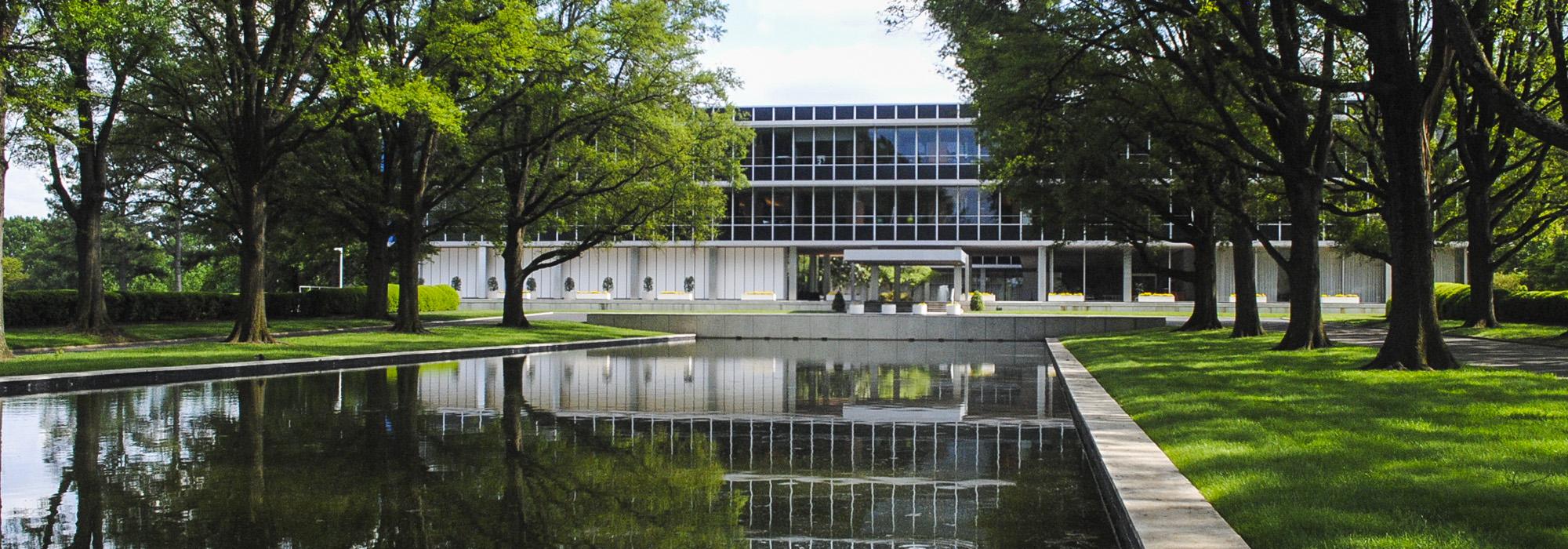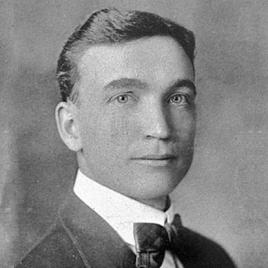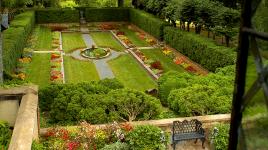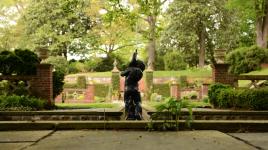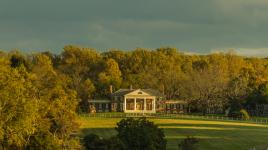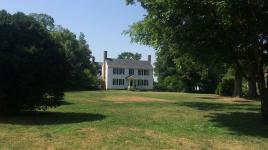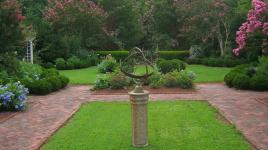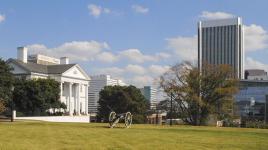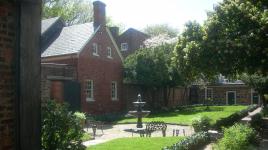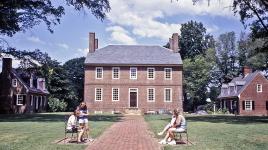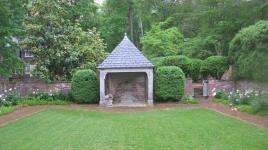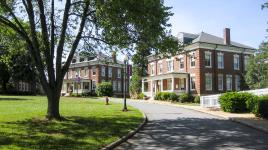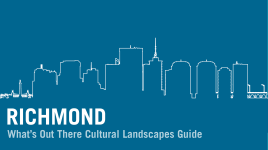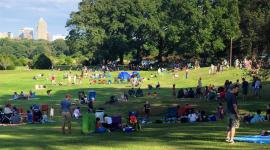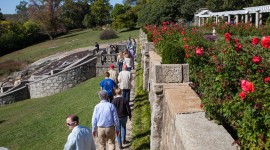Pioneer Information
Born in Chippewa Falls, Wisconsin, Gillette received his initial exposure to landscape architecture in the firm of Warren H. Manning in Boston. While supervising the construction of Manning’s plan for Richmond College (now the University of Richmond) in Richmond, Virginia, Gillette made the acquaintance of a wealthy patron who sponsored his two-month tour of parks and gardens in Great Britain and Europe. Upon his return, he opened an office in Richmond, where he lived the remainder of his life.
Over his 56-year career, Gillette’s wide ranging body of work includes more than 2,500 projects, encompassing residential communities, churches, hospitals, educational institutions, historic garden restorations, and private residential work primarily in Virginia and North Carolina. While serving as a nurse in a mental institution, Gillette had observed the beneficial effects of gardens and pastoral landscapes upon patients; he brought this understanding to his institutional work. Stylistically, Gillette’s work was decidedly eclectic, influenced by formal design principles from English and European Renaissance traditions, as well as Colonial Revival themes from 18th century Virginia gardens. Admiring the collaborative work of Edwin Lutyens and Gertrude Jekyll, Gillette frequently incorporated flower borders into his site plans. Two notable projects are site plans for Virginia House and Agecroft Hall in Richmond.



